Aluminum is a strong and light material. Many items, such as cars and cans for soft drinks, are made using it. A process called aluminum extrusion molds this metal into varying shapes. This writing gives information about aluminum extrusion, its uses, and its advantages. Moreover, it investigates difficulties in this procedure.
2. What is Aluminum Extrusion?
The process of aluminum extrusion is similar! A large portion of aluminum is heated to make it soft, giving it a particular shape called a die. In the solution, we shape the blocks of aluminum into our desired forms, like windows and vehicle parts.
For more than 200 years, humans have been molding metal in this manner. There are many other options to shape it, hitting for forging, flattering for rolling. However, extrusion permits the creation of highly complex shapes while enhancing the strength of aluminum. Plus, it’s often cheaper than other ways of shaping metal!
3. The Extrusion Process in Detail
3.1 Preparation of Aluminum Billets
First, we require our aluminum! We acquire these large chunks of aluminum which are termed as “billets.” They can be compared to huge metal crayons. The billets we create are from various kinds of aluminum, selected based on the final product’s requirements. Some must be extremely strong for construction purposes like bridges, while others should have flexibility to form items such as soda cans.
We place these billets in a specific oven to heat them. It is necessary for them to become very hot, almost reaching the temperature of a pizza oven, but not too hot that they start melting. This process turns the aluminum soft and flexible, similar to playdough.
3.2 Extrusion Die Design
The thrilling part is to compose all items with a strong steel. They carry a variety of shapes carved into them, such as a star or square and even intricate patterns. We must be cautious in crafting these dies to ensure the aluminum emerges as desired. There are several kinds of dies, such as flat ones and those featuring unique holes known as “portholes.” We choose the most suitable one for our task.
3.3 The Extrusion Press
Afterward, we place the heated billet and the die inside a big machine known as an extrusion press. This is very similar to an exceptionally powerful garlic press! It employs significant force to drive the aluminum through the die. Think about applying a lot of pressure to toothpaste – somewhat similar. The aluminum emerges from the die in elongated form, resembling the aperture in the die itself. Sometimes we force out this aluminum through this hole and other moments see us drawing it out instead.
3.4 Post-Extrusion Cooling and Cutting
When aluminum is produced, it remains warm. Therefore, we use air or water to chill it which makes it firm once more. There are times when the forms appear slightly irregular; as a result, we employ machinery to elongate them and attain perfect straightness.
At the end, we chop these lengthy aluminum forms into tinier segments, similar to slicing a bread loaf.
4. Types of Aluminum Extrusion
4.1 Direct vs. Indirect Extrusion
You recall the big machine we use to press aluminum, right? Two methods exist for this. We refer to the initial method as “direct extrusion.” It is similar to pressing a tube of toothpaste—the aluminum is pushed from behind, and it emerges at the front. The other method bears the name “indirect extrusion.” In this case, we keep the aluminum stagnant and drive forward with the die just as one would press a cookie cutter into dough.
Both methods are excellent, but utilized for varying purposes. Direct extrusion is speedier and uncomplicated, hence we employ it extensively. Indirect extrusion may be slightly slower yet results in very sleek shapes. Therefore, we apply it to items necessitating a refined appearance.
4.2 Cold vs. Hot Extrusion
We can also make aluminum by “cold” or “hot” extrusion process. Cold extrusion is similar to molding playdough that has been refrigerated – it’s a bit tough. Hot extrusion, on the contrary, is akin to shaping warm playdough – which becomes much simpler.
We utilize cold extrusion for manufacturing highly robust components, similar to those deployed in aircrafts. Hot extrusion excels in the creation of objects that require succeeding bending or shaping actions like window frames.
5. Extrusion Alloys
Do you recall when I mentioned that we employ various sorts of aluminum? We refer to these as “alloys.” It’s similar to combining diverse ingredients for baking a cake! Some popular alloys are 6061, 6063, and 7075. Each one has special powers.
| Alloy | Series | Tensile Strength (ksi) | Yield Strength (ksi) | Elongation (%) | Corrosion Resistance | Machinability | Weldability |
| 1100 | 1000 | 13 | 5 | 35 | Excellent | Excellent | Good |
| 3003 | 3000 | 16 | 6 | 25 | Excellent | Good | Good |
| 6061 | 6000 | 45 | 40 | 10 | Very good | Good | Good |
| 6063 | 6000 | 35 | 31 | 12 | Very good | Excellent | Good |
| 6005 | 6000 | 40 | 35 | 12 | Very good | Good | Good |
| 6082 | 6000 | 46 | 35 | 10 | Very good | Good | Good |
| 7075 | 7000 | 83 | 73 | 11 | Good | Fair | Fair |
6061 is very useful – it has strength and does not get corrosion easily. 6063 can be bent and formed without difficulty, hence we apply it for making elements such as door knobs. As for 7075, its extraordinary sturdiness makes it perfect to construct components like parts of an airplane. We choose the right alloy depending on what we’re making.
6. Applications of Aluminum Extrusions
6.1 Construction and Architecture
Aluminum extrusions are found all over in buildings. They help to construct robust frames for homes and high-rises. Furthermore, they serve for crafting window frames, handrails and even the lustrous panels one sees on a building’s facade.
6.2 Automotive and Transportation
Automobiles also contain a significant amount of aluminum extrusions. These are applied in the creation of various car frame components due to the lightness and strength of aluminum. Consequently, this leads to enhanced speed for vehicles while decreasing fuel consumption at the same time. We also utilize them to create those objects that maintain the engine’s coolness, known as “heat sinks.”
6.3 Aerospace and Defense
Airplanes and rockets require strength and lightness, hence a significant amount of aluminum extrusions are used. These components must withstand high levels of pressure when soaring at great heights in the sky.
6.4 Consumer Goods
Aluminum extrusions can be found in your home as well. They are utilized for making items such as furniture, window blinds, and even components of your television and computer. Aluminum is excellent due to its strength, lightweight nature, and appealing appearance.
7. Advantages of Aluminum Extrusion
7.1 Lightweight and Strength
Aluminum possesses great strength, yet remains incredibly light. You can equate it with comparing a feather and a rock – the rock being strong but heavy, on the other hand, despite its lightweight nature, the feather still has capability to soar in air. Aluminum is both strong and light, which makes it perfect for lots of things.
7.2 Flexibility in Design
You recall the dies we had discussion on? We have the capability to create them in nearly every shape you can think of. It signifies that we’re able to produce all kinds of unique shapes and sizes with aluminum extrusions. It’s similar to possessing a container of variously designed biscuit shapers – we have the capability to create stars, squares and circles, or even forms resembling creatures!
7.3 Corrosion Resistance
Aluminum can be compared to a superhero possessing a unique shield. It carries an exclusive coating that safeguards it from getting rusty. This feature enables its use outdoors, even under rain or snow, without the worry of rusting. It’s like having a raincoat for your aluminum!
7.4 Energy Efficiency
Aluminum acts as a hero for recycling. It possesses the ability to be melted and reused multiple times which helps in saving much energy rather than creating new aluminum from the initial stage. Additionally, due to its lightweight nature, less energy is required to transport objects made of aluminum. It can be compared with utilizing a scooter rather than a large truck for delivering small packages – it results in saving energy!
8. Challenges and Limitations
Although aluminum extrusion is a great method for creating items, it does come with its difficulties. Similar to constructing with LEGO, occasionally we encounter restrictions or outcomes that do not follow our initial expectations.
8.1 Design Constraints
Aluminum extrusion permits us to create a variety of shapes, although some can be complicated like puzzles. Particularly when we deal with thin parts or sharp corners in the shape, it might lead to cracks or breaks during the extraction process from the die. It could be compared to making an overly thin cookie which has chances of crumbling while baking. We must also pay attention to how the aluminum is going through the die. Sometimes if design is too complicated, it can either get stuck or result in uneven thickness.
8.2 Surface Finishing Issues
At times, the aluminum extrusion can possess some flaws on its surface. It could be slightly rough or dotted with small lumps, similar to building a sandcastle that has inconsistent areas. This situation may occur if the die does not have absolute smoothness or if temperature is not accurately maintained. It is important for us to take much caution and accuracy so that the aluminum appears smooth and glossy.
8.3 Tooling Costs
The molds we use to create the forms? They can resemble purchasing a unique instrument for an exact task – they could be costly to produce! If there is requirement of mold with highly intricate design, it consumes enormous time and expertise in manufacturing, leading towards additional expenses. At times, we may require to create several distinct molds to achieve the perfect shape, and this increases the expense.
9. Surface Finishing and Post-Processing in Aluminum Extrusion
9.1 Anodizing
Do you recall that aluminum possesses a unique coating providing it with protection against rust? We have the ability to enhance this protective layer through an operation known as “anodizing”. This technique further gives us the opportunity to incorporate color into the aluminum, enabling us to enrich its aesthetic appeal.
9.2 Powder Coating and Painting
To change the color or texture of aluminum, we can apply techniques such as powder coating or painting. This powder coating is the same as sprinkles of a cake, the tiny pieces of plastic through on the top for long-lasting and clear view. Painting is similar to utilizing a brush for applying a unique type of paint that adheres to the aluminum and provides protection.
9.3 Mechanical Finishing
At times, we must create the aluminum very sleek and bright. We achieve this by applying unique instruments to buff, clean up, and polish it. This renders the aluminum truly attractive and can even assist it to function superior in certain uses.
9.4 Machining and Further Fabrication
Once we manufacture the aluminum extrusions, there may be instances where additional modifications are necessary. Utilizing advanced machinery, it is possible to cut them into specific lengths or drill holes for screws and bolts placement. Moreover, they can even be molded into diverse shapes as needed.
Summary
Aluminum extrusion is a method to create long, shaped items by pushing heated metal through a die. This technique manufactures powerful, light parts that various industries utilize. Despite the possibility of design constraints and surface problems occurring, finishing post-extrusion improves the final product. Overall, aluminum extrusion is a versatile and efficient manufacturing method for creating complex shapes.
Aludiecasting is a professional die caster in China. You can ask online quote for aluminum die casting parts in bulk. Our company also provides custom metal die cast parts.



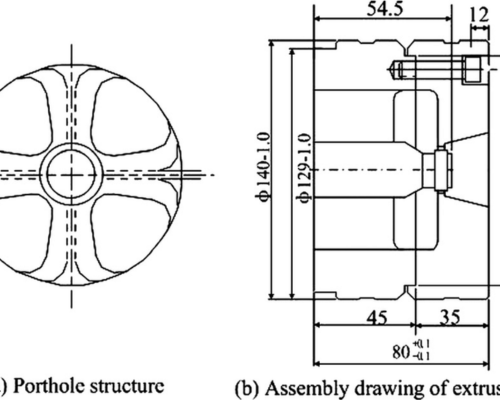
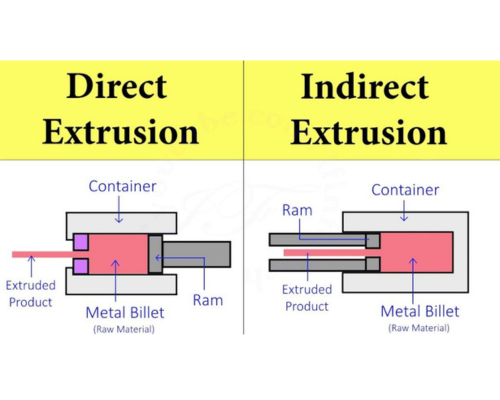
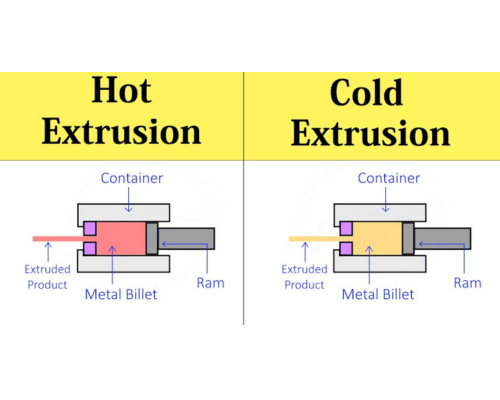
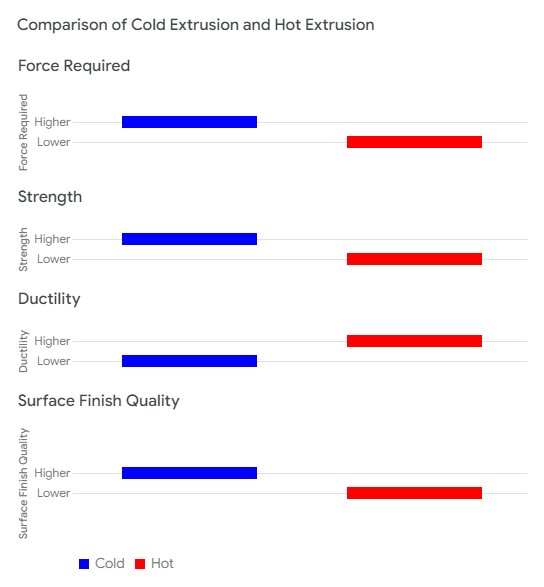
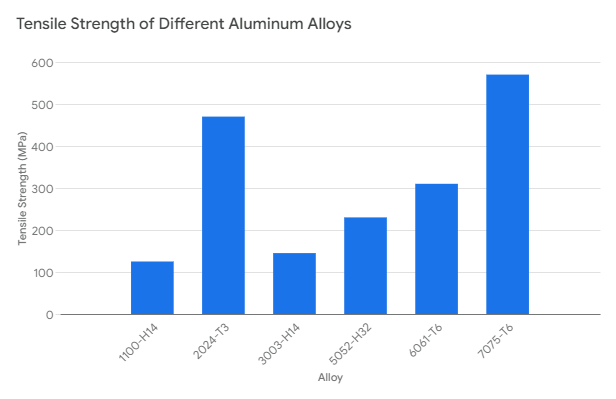
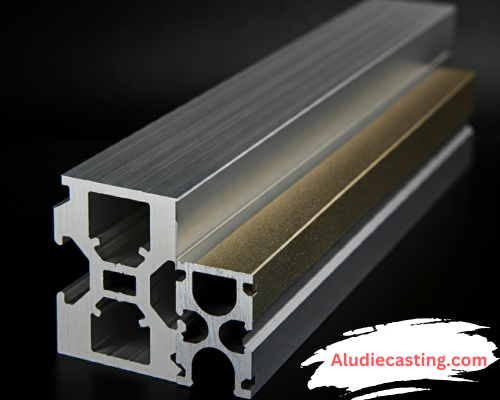
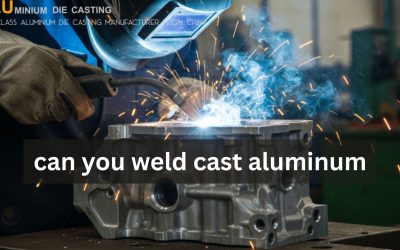


0 Comments